Stocks jumped to fresh records on this morning’s cooler-than-expected core CPI print but have retreated since on renewed tariff worries. Similarly, interest rates plunged, but then climbed, as accelerating goods costs found under the hood of the report raised eyebrows. But the heavily weighted new and used automobile categories cooperated by posting deflationary figures, helping to curb the increases in other physical product segments, such as furniture, appliances, apparel and toys. Turning to Washington, President Trump is intensifying his calls for the Federal Reserve to reduce its benchmark, but fixed-income watchers and forecast traders alike have essentially taken July off of the table for a quarter-point trim and dropped September’s odds to nearly a coin-flip. Overall, headline inflation is at 2.7% and if it doesn’t drop to 2.5% or lower in the next few months, then there’s a real risk of the central bank extending its journey down the monetary policy stairs. Investors have turned from heavy buyers of equities to modest sellers as every sector of the space is being sold ex technology, which is getting a boost from the Commander in Chief’s measures to relax export rules on semiconductor juggernaut Nvidia. Treasuries, meanwhile, have also reversed with the yield curve ascending north in bear-flattening fashion in light of a wait-and-see Federal Reserve. Bitcoins and the commodity complex are also dropping in the afternoon, but the greenback and non-correlated forecast contracts are catching strong bids.
June Core Inflation Cooler Than Expected
Inflation accelerated marginally last month with the headline Consumer Price Index climbing 0.3% month over month (m/m) and 2.7% year over year (y/y). The m/m result picked up from 0.1% in May and matched the economist consensus expectation. Relative to June of last year, the gauge’s reading was hotter than the preceding month’s 2.4% print and was in-line with the consensus estimate. The core version, which excludes food and energy due to their volatile characteristics, increased 0.2% m/m and 2.9% y/y, lighter than the 0.3% and 3.0% projections and similar to April’s 0.1% and 2.8% results. Regarding the m/m metric, the gasoline category and the energy services group had the largest cost hikes with increases of 1% and 0.9%. Other categories that became more costly and the amount of the changes were as follows:
- Medical care services, 0.6%
- Food away from home, 0.4%
- Apparel, 0.4%
- Food, 0.3%
- Food at home, 0.3%
- Shelter, 0.2%
- Transportation services, 0.2%
The used cars and trucks group and the new vehicles category were they only major sectors to decline with prices falling 0.7% and 0.3%, respectively.
Time To Sneak In Rate Cut Was Earlier
Unfortunately, the opportunity to sneak in a rate cut was in the earlier months of this year when inflation was running in the low 2s. This morning’s publication adds credence to the belief that the Federal Reserve should wait and see, especially with the indicator nearing a 3-handle. But we’ve seen tariff-cost worries before, during President Trump 1.0, when the CPI would ascend close to 3% due to economic growth accelerating amidst levy risks only for it to return back to the 2s after some cross-border commerce turbulence, which at the time was focused on Beijing. Indeed, certain quarters between 2017 and 2019 featured GDP advancement figures well north of 4%. Much of the price pressures in this report were also to strong activity, which in itself, can support cost forces in light of elevated levels of demand that catch businesses by surprise, compelling heavier charges. The momentum is evident when you look at the performance of stocks, which investors just can’t get enough of as the profitability outlook over the next four years remains buoyant.
International Roundup
UK Retail Growth Accelerates
Consumer outlays in the UK during the five-week period ended July 5 accelerated from May, with strong results for food purchases. Total retail sales climbed 3.1% y/y after climbing only 1% in the preceding month, according to the British Retail Consortium (BRC). Food sales climbed 4.1% while other items were up 2.2%.
The upward change in food sales, however, was partially driven by loftier prices while a soaring heat wave drove consumers to splurge on fans, air conditioners and summer clothing. Weather conditions also supported sales of sports and leisure equipment. Promotions on household items were additional tailwinds.
The BRC maintains that retailers face challenges. Tax reform has increased levies on larger retailers, creating the risk that some of the businesses may close, which could reduce foot traffic in local communities, making it harder for small shops to succeed. The organization is also concerned that high tax rates may be extended to smaller stores.
Australia Consumer Sentiment Improves Marginally
The Westpac Consumer Sentiment Index inched higher by 0.6% to 93.1 in July despite the Royal Bank of Australia deciding earlier this month to pause its easing campaign. The 100 level is the neutral border, with lower scores implying negative sentiment.
Within the gauge, households’ expectations for the economy during the next 12 months strengthened by 1.8% but fell 2.8% for the five-year period. Consumers are also concerned about the job market with a metric of expectations of increasing unemployment during the coming 12 months climbing 1.1% to 128.7. More encouragingly, the family finances vs a year ago metric climbed 5% from June to 79.2. For the coming 12 months it climbed only 2.6% to 101.4
China’s GDP Beats Estimates
China’s second-quarter and year-to-date gross domestic product (GDP) expanded more than expected. For the quarter ended in June, activity grew 1.1% quarter over quarter. The economist consensus called for a 0.9% advancement following the 1.2% gain in the first three months of the year.
On a y/y basis, GDP was up 5.2%, stronger than the consensus forecast for 5.1% but down slightly from 5.4% in the first three months of this year. At a time when China and the US are in a trade war, industrial production within the world’s-second largest economy was a bright spot, climbing 6.8% y/y up from 5.8% in May and above the economist consensus prediction of 5.6%. Retail sales, however, slowed. The 4.8% y/y gain missed the consensus estimate of 5.2% and decelerated from 6.4% in the preceding month. The home price print was another disappointing area. Despite moderating from the 3.5% decline in May, June’s dip of 3.2% pointed to continued slack in the residential market.
Disclosure: Interactive Brokers Affiliate
Information posted on IBKR Campus that is provided by third-parties does NOT constitute a recommendation that you should contract for the services of that third party. Third-party participants who contribute to IBKR Campus are independent of Interactive Brokers and Interactive Brokers does not make any representations or warranties concerning the services offered, their past or future performance, or the accuracy of the information provided by the third party. Past performance is no guarantee of future results.
This material is from IBKR Macroeconomics, an affiliate of Interactive Brokers LLC, and is being posted with its permission. The views expressed in this material are solely those of the author and/or IBKR Macroeconomics and Interactive Brokers is not endorsing or recommending any investment or trading discussed in the material. This material is not and should not be construed as an offer to buy or sell any security. It should not be construed as research or investment advice or a recommendation to buy, sell or hold any security or commodity. This material does not and is not intended to take into account the particular financial conditions, investment objectives or requirements of individual customers. Before acting on this material, you should consider whether it is suitable for your particular circumstances and, as necessary, seek professional advice.
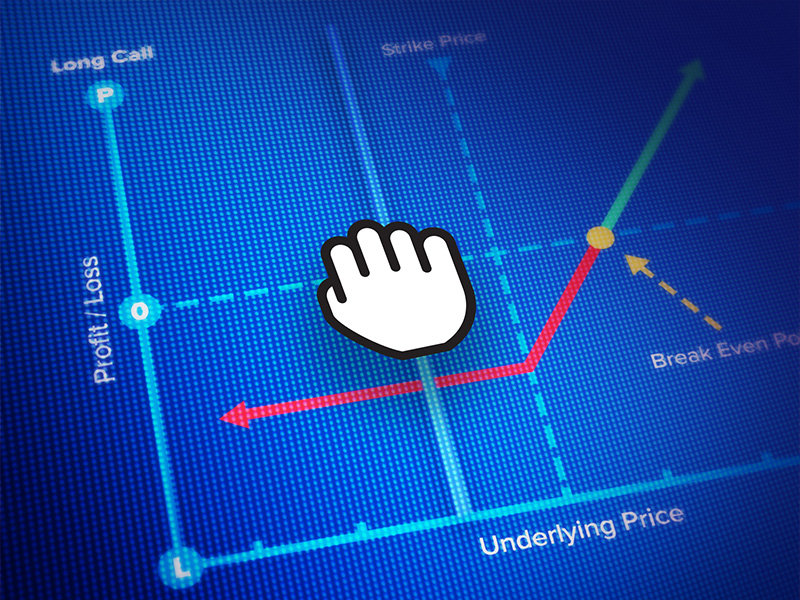


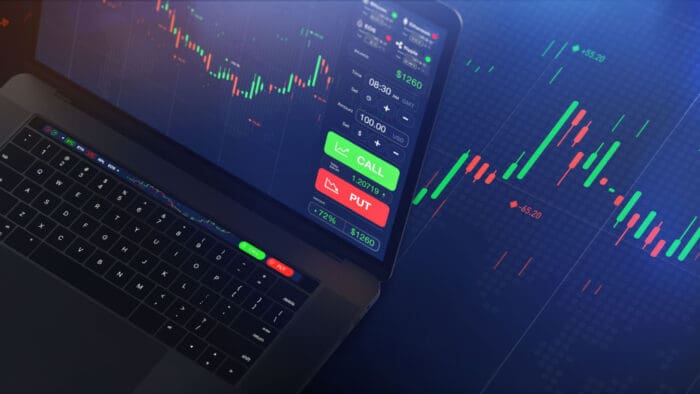





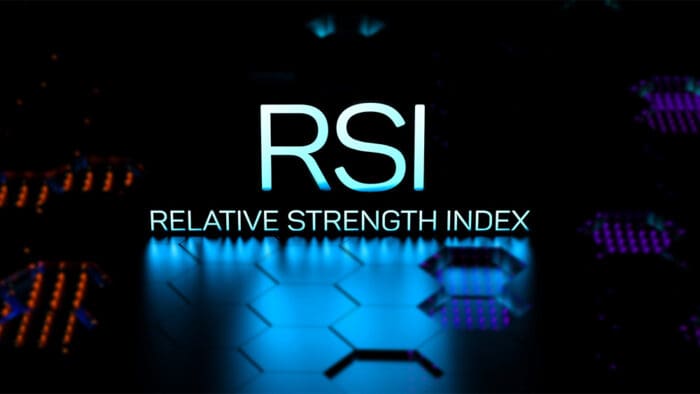


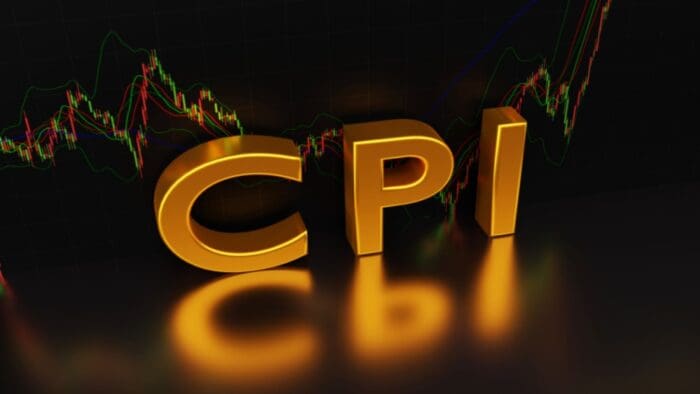

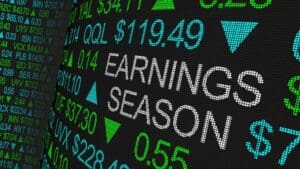

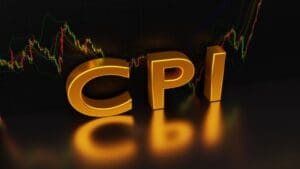


![Where Are The Hurricanes? Prediction Market Update [9/10/2025] Where Are The Hurricanes? Prediction Market Update [9/10/2025]](https://www.interactivebrokers.com/campus/wp-content/uploads/sites/2/2025/09/sep_11_20-300x152.png)
Sold a naked July 18 $720 put on ASML yesterday. Average of analyst Fair Value estimates for ASML being about $867, I’m fine with having those 100 shares put to me if the ____ hits the fan between now and Friday’s close.
Inflation is picking up. Takes time for changes to flow through the economy. The Trump covid stimulus plus Biden’s addition took years to run their course. Inflation was fading quickly prior to the Trump tariffs. This Inflation won’t be as severe given tight household budgets but will move the economy toward mild stagflation. The no tax on tips, OT and some relief on social security income will give prices some additional room to run. Basically a giveth with 1 hand and taketh with the other type situation for those getting lower taxes while everyone else simply pays more for less.